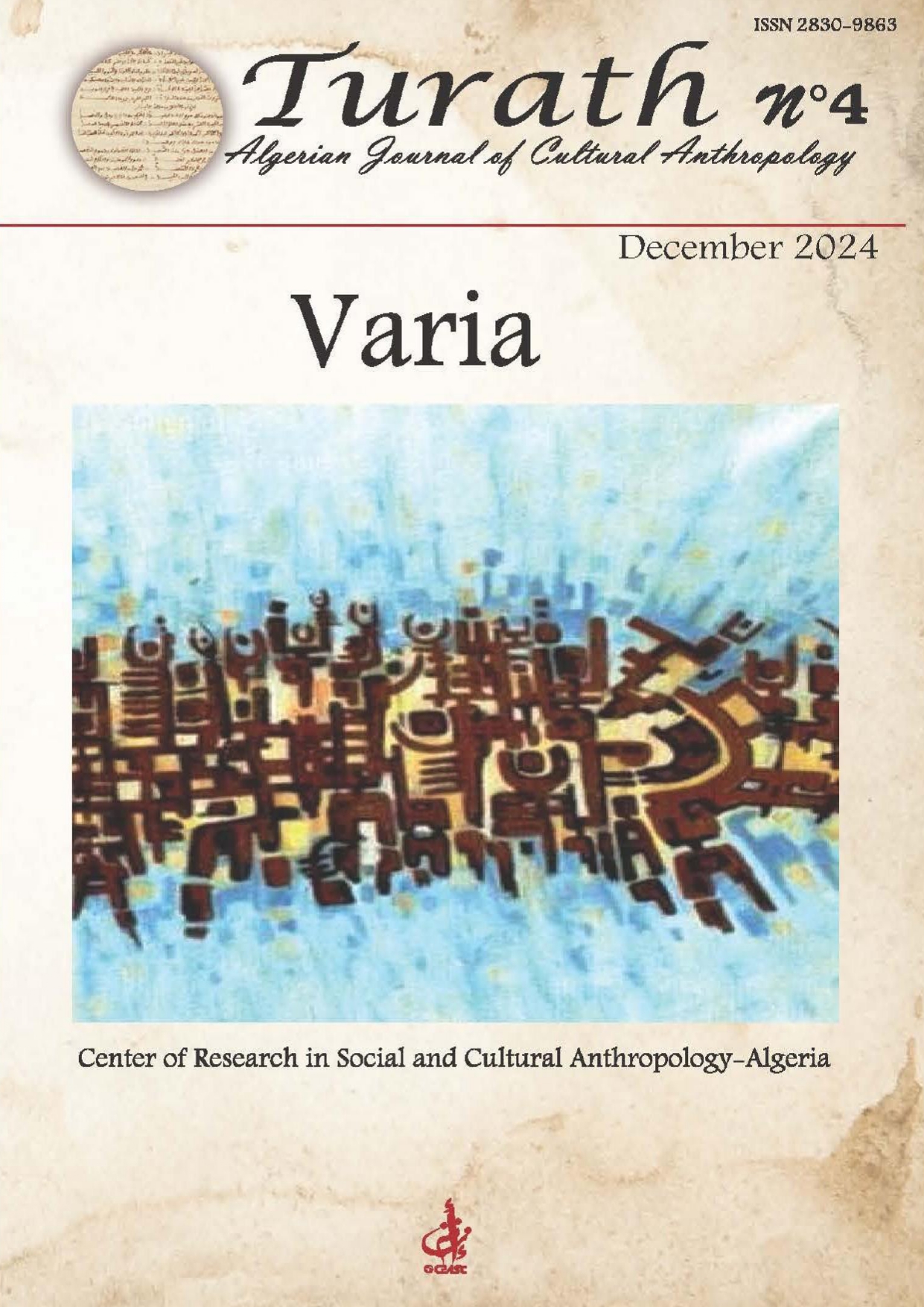Ambiguity in the Margins of the Text
Main Article Content
Abstract
We probed an open space ‘preface instances’ (paratext = peritext + epitext) (Genette, 1987, p.11) which neither falls within the authority of methodology (research and teaching), nor in the explicit field of the author’s text, nor in the book’s editor’s space. Interferences within this no-right land for the teacher in the transmission of ‘literature’ as knowledge will provide us with a sample of illustrations. Subsequently to a policy of ‘democratization’ of education in Algeria, the potential of readers has massively increased, inducing new needs with new reading habits, often mimetic. By importing books at a great scale, this observation applies to both French and Arabic; we also have imported consuming cultural schemata not adapted to an oral tradition society, without an organically produced typographic tradition. Such a rupture requires a serene reviewing and a capacity of discerning its effects, particularly in the pedagogical field, as it requires to ergonomically conceive a tool (the book) to implement a transfer of the knowledge we need. The peritext remains a space disputed by two communication institutions, one ‘transactional’ (the trade value) and the other interpersonal (the intellectual/original added value). In the production of books, these two scales of value are in permanent competition and they often induce a balance of power of one at the expense ofthe other. It is in such a context, that the shape of the peritext becomes an ideological stake, in which a symbolic violence (Bourdieu, 1996, p. 16) works out.
Article Details

This work is licensed under a Creative Commons Attribution-NonCommercial-NoDerivatives 4.0 International License.
References
Argod-Dutard, F. (1998). La linguistique littéraire. Armand Colin.
Bartes, R. (1964). Essais critiques. Éditions du Seuil.
Bourdieu, P. (1996). Sur la télévision suivi de L’emprise du journalisme. Raison d’agir, Liber.
Choukri, M. (1997). Le pain nu. Éditions du Seuil. (Traduit de l’arabe et préfacé par T. Benjelloun).
Genette, G. (1987). Seuils. Éditions du Seuil.
Genette, G. (1992). Esthétique et poétique. Éditions du Seuil.
Kateb, Y. (1956). Nedjma. Éditions du Seuil.
Kundera, M. (1985). Le livre du rire et de l’oubli. Gallimard.
Palou, J. (1966). Nouvelles histoires étranges. Casterman.
Robert, M. (1984). La tyrannie de l’imprimé. Grasset.
